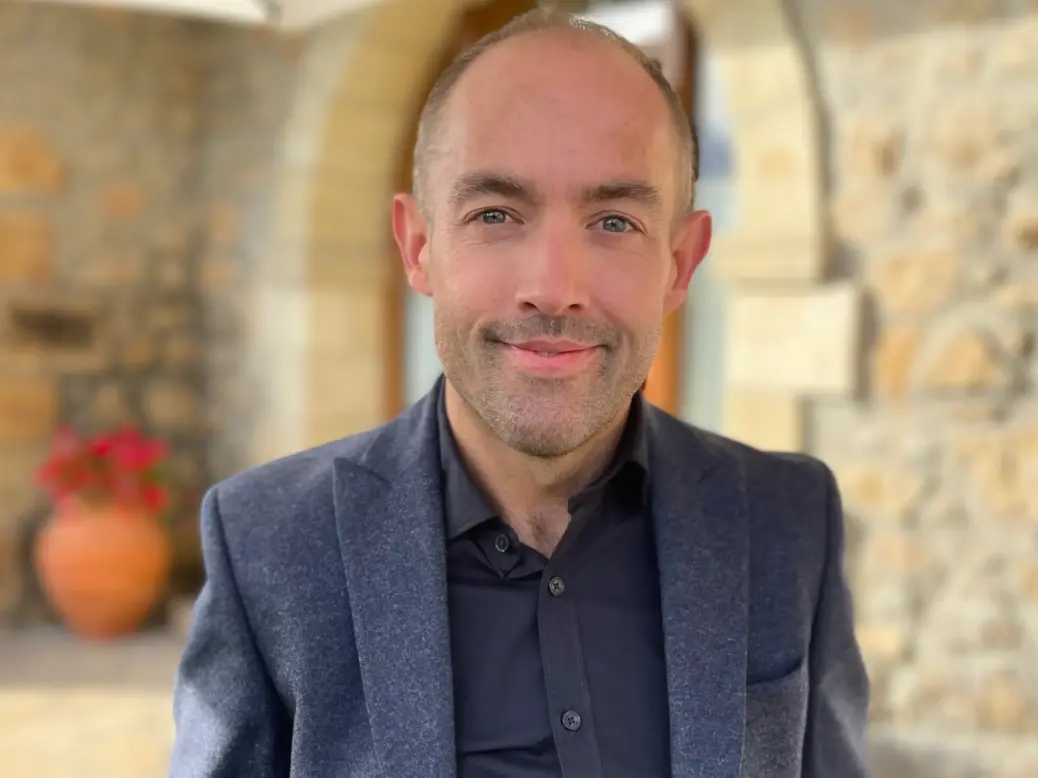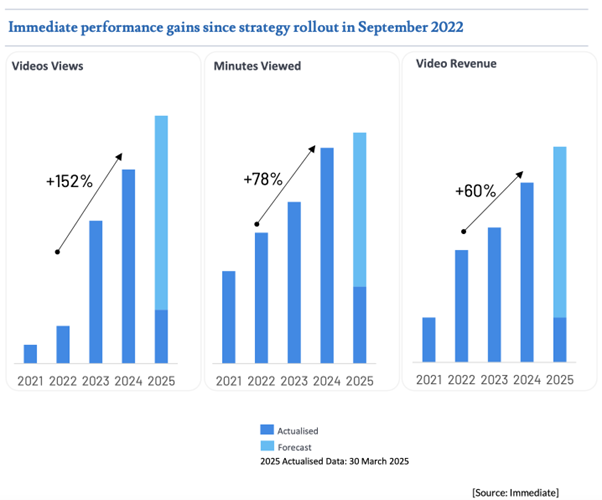
Radio Times, Good Food and Gardeners’ World publisher Immediate has seen video revenue increase by 60% since rolling out a new strategy in September 2022.
Video views across the business are up 152% while minutes viewed are up 78%, according to an Enders Analysis report commissioned for the PPA Festival.
Speaking at the PPA Festival in London on Wednesday, Immediate director of video strategy and delivery Paul Doyle put its successes down to asking journalists to “think and act in video” from the outset, and ensure each video has a clear purpose.
Good Food has leant into Youtube and social-first video, benefiting from investment in a new test kitchen and filming space to make video capture easier.
Immediate claims that Good Food has had a near-200% increase in video views in Q1 2025, along with more than 3.5m engagements with its content across its website, app, YouTube and social platforms.
Similarly Radio Times Gaming, hosted on radiotimes.com, Youtube and Tiktok, is an example of how Immediate has sought to extend the appeal of one of its legacy print brands to new audiences using more video content.

Video content planning focuses on three areas: reach (short-form), engagement (short to mid-length), and loyalty (mid to long-form for Youtube or on-platform viewing).
That said, the approach can still be scalable, and Doyle suggests that they will often test and learn as they go. “You start by making a 15-second Tiktok. And if that’s really successful, then you make a 45-second one. Then you make a seven-minute Youtube video.
“We’re data-led and data-informed, but we’re not data-dictated. I think you need to allow space for editorial instinct and innovation. But within that, data helps you to make bigger bets.”
Videos deserving of the longer-form treatment are designed to drive most revenue and brand loyalty. “For those, we think about where it’s going to go. Is it going to go on our app; behind a paywall; is it going to be open access on Youtube? That then determines the kind of monetisation we’ll try to find [based on] the people who might want to be around that.
“And that determines your mode of production – whether it is actually multi-camera or done on mobile, depending on the kind of moment, or the prioritisation of that.”
Asked by session chair, Mel McVeigh what lessons other publishers could take from Immediate’s approach to building a video-engaged audience on social media, Doyle said: “I would start with depth rather than breadth. Really go in deep, with Q&As or anything that will help to build a community. That’s who your people are.”
Doyle said upskilling staff in video has been key to the transformation.
Around 80% of the company’s content staff can now capture and cut video, with around 35% of those having more advanced skills in animation, motion graphics and presenting.
He added that “video literacy and fluency is really important when we’re hiring now”.
Doyle explained that the company believes “that video is the best way to communicate with our audience, and is what our audience want.”
More than 80% of all internet traffic is now attributed to video. But Doyle pointed out this means it has become a very competitive space for publishers.
“I think digital publishers are in a really tough space, because we’re seeing broadcasters diversifying into our area. And then you’ve got the ‘webcam-in-a-room’ influencers coming into our space as well.”
Magazine publishers need to find alternative revenue streams as they face falling advertising and subscriptions revenue.
According to the latest AA/Warc figures, the UK magazine industry saw ad revenue fall both overall, by 7.2% to £469.3m, and online, by 5.3% to £258.9m in 2024.
Immediate Media reports financial figures to Companies House as Vancouver Topco Ltd and reported turnover up 3.1% to £182m in in 2023 and profit (adjusted EBITDA) of £33.3m.
Email pged@pressgazette.co.uk to point out mistakes, provide story tips or send in a letter for publication on our "Letters Page" blog
